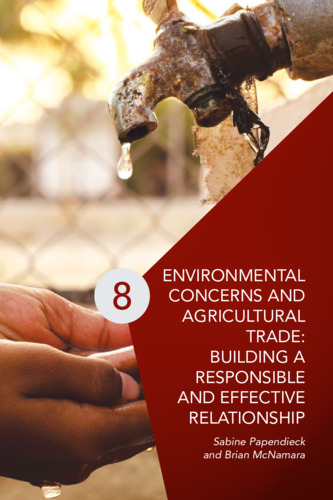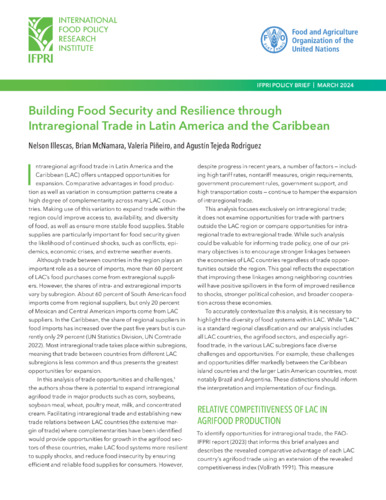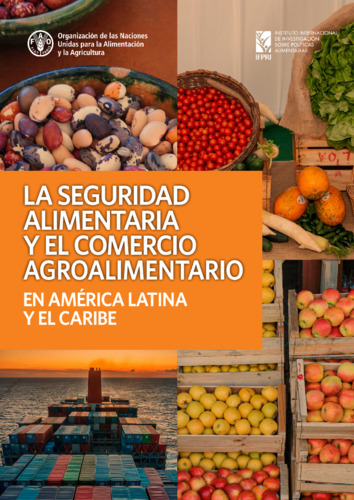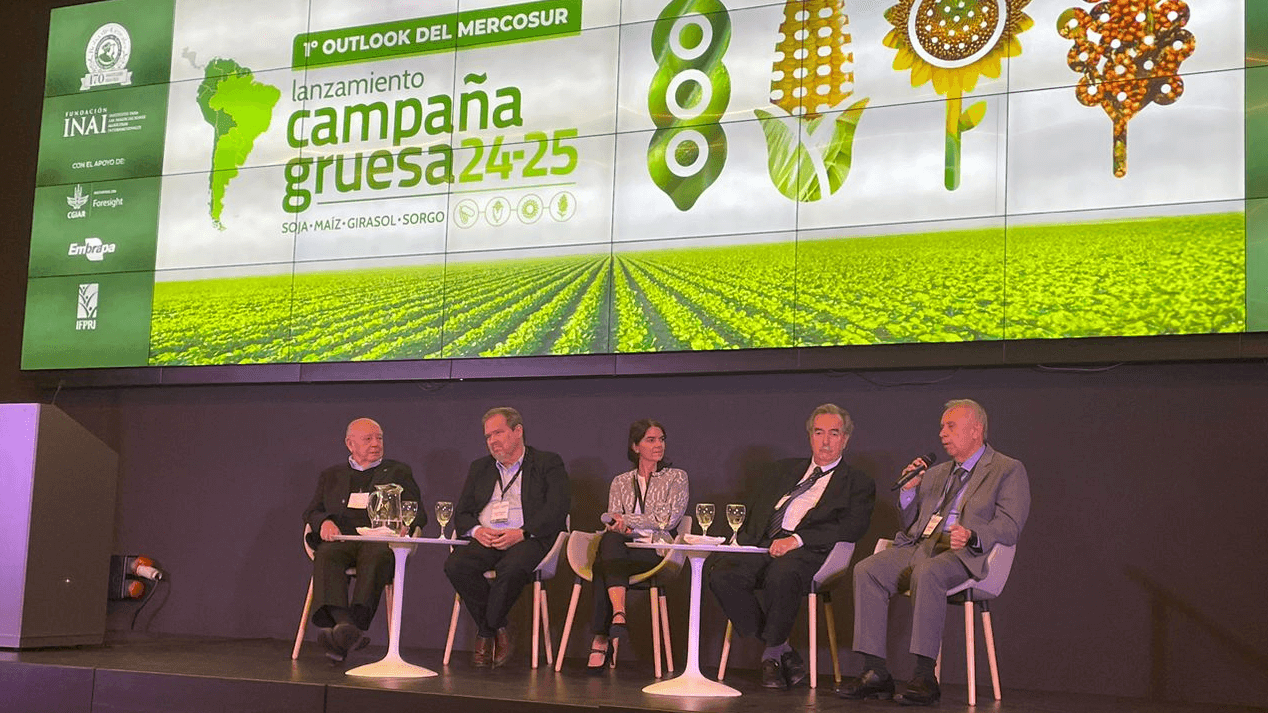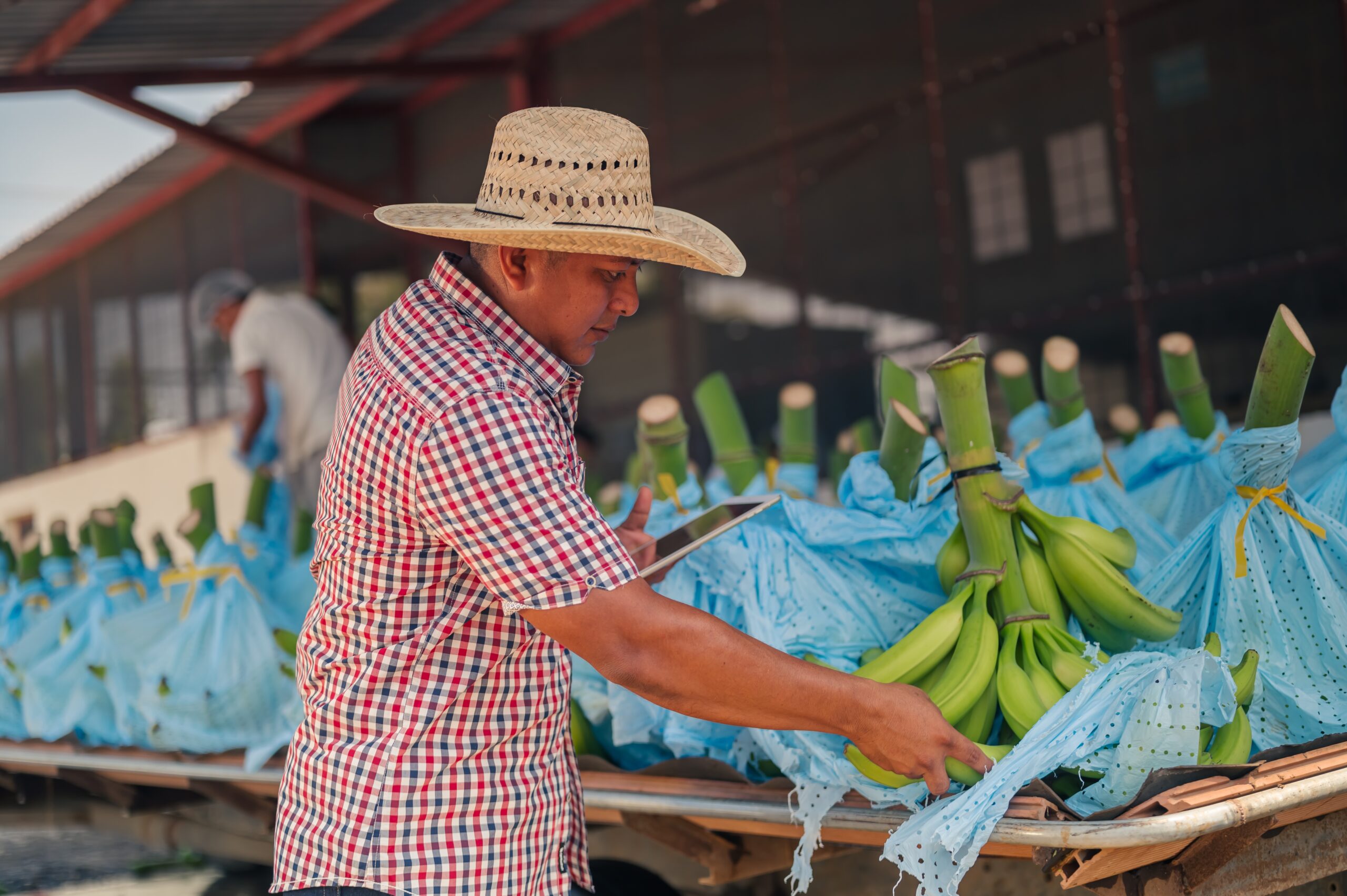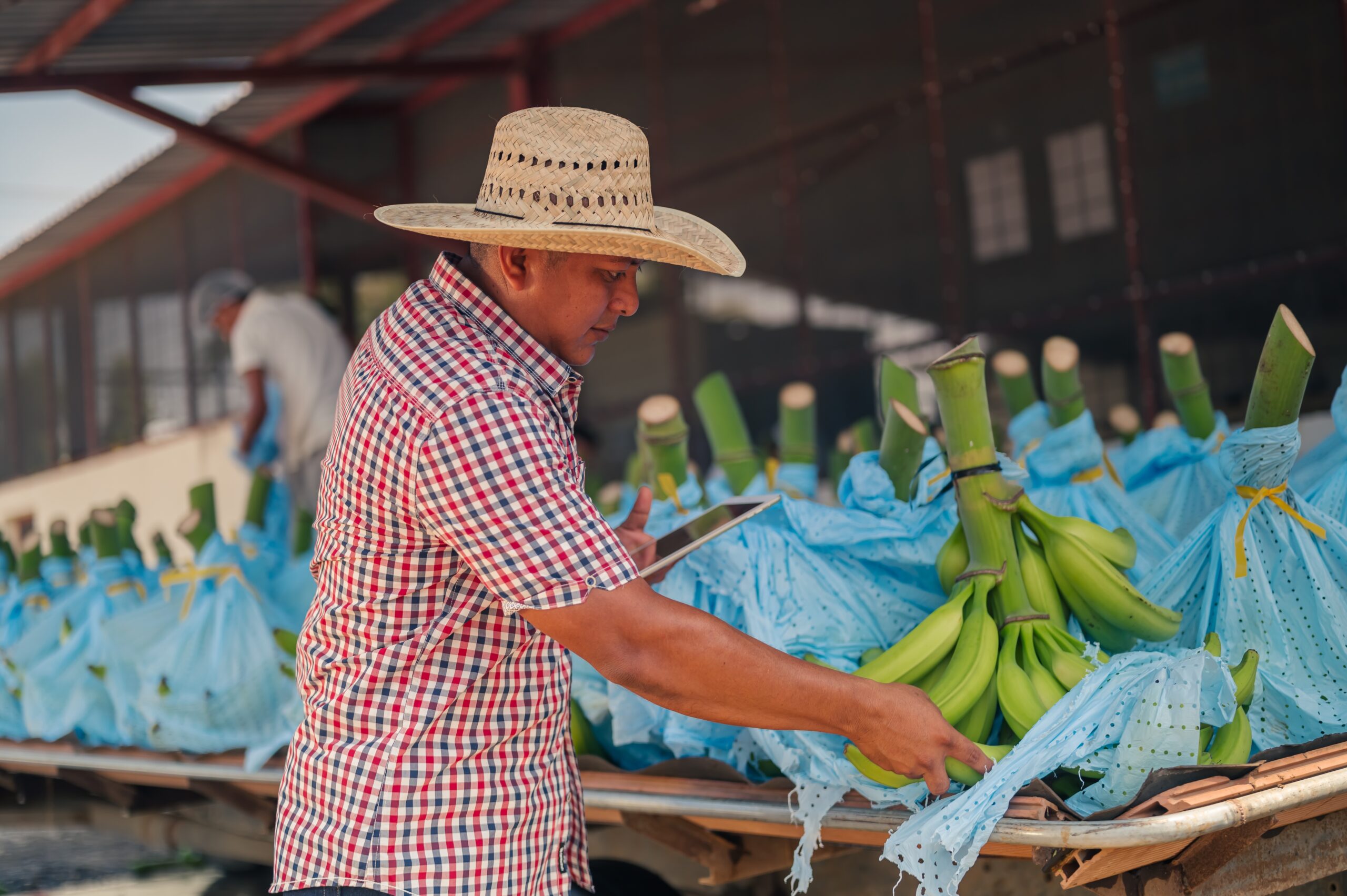Building food security and resilience through intraregional trade in Latin America and the Caribbean
Intraregional agrifood trade in Latin America and the Caribbean (LAC) offers untapped opportunities for expansion. Comparative advantages in food production as well as variation in consumption patterns create a high degree of complementarity across many LAC countries. Making use of this variation to expand trade within the region could improve access to, availability, and diversity of food, as well as ensure more stable food supplies. Stable supplies are particularly important for food security given the likelihood of continued shocks, such as conflicts, epidemics, economic crises, and extreme weather events. Although trade between countries in the region plays an important role as a source of imports, more than 60 percent of LAC’s food purchases come from extraregional suppliers. However, the shares of intra- and extraregional imports vary by subregion. About 60 percent of South American food imports come from regional suppliers, but only 20 percent of Mexican and Central American imports come from LAC suppliers. In the Caribbean, the share of regional suppliers in food imports has increased over the past five years but is currently only 29 percent (UN Statistics Division, UN Comtrade 2022). Most intraregional trade takes place within subregions, meaning that trade between countries from different LAC subregions is less common and thus presents the greatest opportunities for expansion. In this analysis of trade opportunities and challenges, the authors show there is potential to expand intraregional agrifood trade in major products such as corn, soybeans, soybean meal, wheat, poultry meat, milk, and concentrated cream. Facilitating intraregional trade and establishing new trade relations between LAC countries (the extensive margin of trade) where complementarities have been identified would provide opportunities for growth in the agrifood sec tors of these countries, make LAC food systems more resilient to supply shocks, and reduce food insecurity by ensuring efficient and reliable food supplies for consumers. However, despite progress in recent years, a number of factors — including high tariff rates, nontariff measures, origin requirements, government procurement rules, government support, and high transportation costs — continue to hamper the expansion of intraregional trade. This analysis focuses exclusively on intraregional trade; it does not examine opportunities for trade with partners outside the LAC region or compare opportunities for intra regional trade to extraregional trade. While such analysis could be valuable for informing trade policy, one of our primary objectives is to encourage stronger linkages between the economies of LAC countries regardless of trade opportunities outside the region. This goal reflects the expectation that improving these linkages among neighboring countries will have positive spillovers in the form of improved resilience to shocks, stronger political cohesion, and broader cooperation across these economies. \To accurately contextualize this analysis, it is necessary to highlight the diversity of food systems within LAC. While “LAC” is a standard regional classification and our analysis includes all LAC countries, the agrifood sectors, and especially agrifood trade, in the various LAC subregions face diverse challenges and opportunities. For example, these challenges and opportunities differ markedly between the Caribbean island countries and the larger Latin American countries, most notably Brazil and Argentina. These distinctions should inform the interpretation and implementation of our findings.
Authors
Illescas, Nelson; McNamara, Brian; Piñeiro, Valeria; Rodriguez, Agustín Tejeda
Citation
Illescas, Nelson; McNamara, Brian; Piñeiro, Valeria; and Rodriguez, Agustín Tejeda. 2024. Building food security and resilience through intraregional trade in Latin America and the Caribbean. IFPRI Policy Brief March 2024. Washington, DC: International Food Policy Research Institute (IFPRI). https://hdl.handle.net/10568/139797
Keywords
Latin America and the Caribbean; Trade; Food Production; Consumption; Food Security
